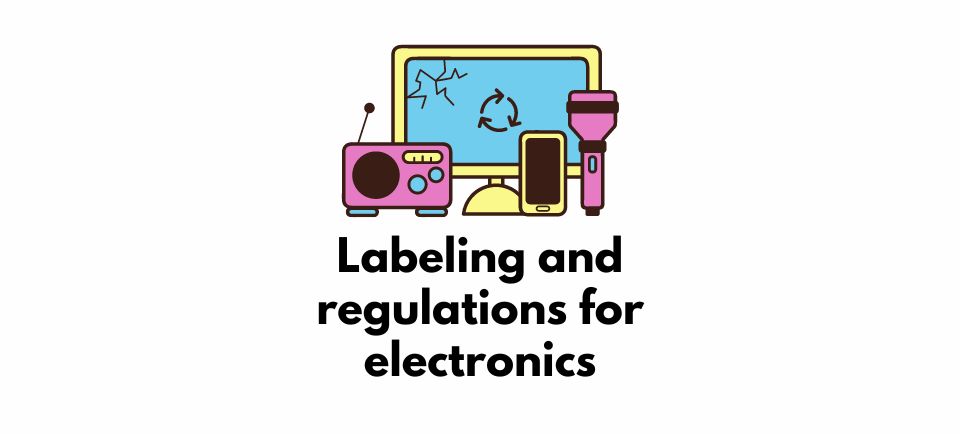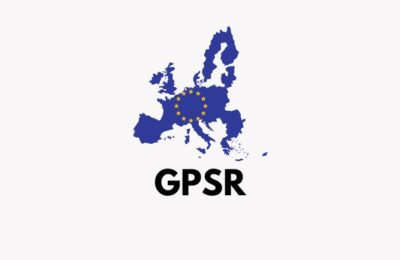Selling electronics on Amazon in the European Union (EU) market is a lucrative opportunity for suppliers and manufacturers due to the expansive customer base and robust e-commerce infrastructure. However, it entails adhering to stringent regulations and obtaining various certifications to ensure product safety, compliance with environmental standards, and consumer protection. This essay delineates the critical certifications, regulatory requirements, and labeling standards that suppliers and manufacturers must comply with to sell electronics on Amazon in the EU.

Regulatory Framework for Electronics in the EU
The European Union has established a comprehensive regulatory framework to control the safety, performance, and environmental impact of electronic products. This framework includes directives, regulations, and standards that manufacturers and suppliers must adhere to before placing their products on the market.
1. CE Marking
CE marking is a fundamental requirement for selling electronics in the EU. It signifies that a product meets EU safety, health, and environmental protection standards. To affix the CE mark, manufacturers must:
- Identify applicable directives: Determine which EU directives apply to the product (e.g., Low Voltage Directive, Electromagnetic Compatibility Directive, RoHS Directive).
- Ensure product compliance: Conduct conformity assessments, which may include testing and documentation.
- Compile a Technical File: Maintain a file that includes product design, risk assessment, and test results.
- Draft and sign an EU Declaration of Conformity: This document asserts that the product meets all relevant EU requirements.
Read more on the CE marking here.
2. Restriction of Hazardous Substances (RoHS)
The RoHS Directive (2011/65/EU) restricts the use of specific hazardous materials in electronic products. The restricted substances include lead, mercury, cadmium, hexavalent chromium, and certain phthalates. Compliance with RoHS is mandatory for electronics sold in the EU.
3. Waste Electrical and Electronic Equipment (WEEE)
The WEEE Directive (2012/19/EU) aims to reduce electronic waste and promote recycling and recovery of electronic equipment. Manufacturers and suppliers must:
- Register with national WEEE authorities: Each EU member state has a WEEE registration process.
- Provide take-back options: Facilitate the return and recycling of old products.
- Mark products with the WEEE symbol: Indicate that the product should not be disposed of as general waste.
4. Electromagnetic Compatibility (EMC)
The EMC Directive (2014/30/EU) ensures that electronic equipment does not generate, or is not affected by, electromagnetic disturbance. Compliance involves:
- EMC testing: Conducting tests to ensure the product’s electromagnetic emissions and immunity are within acceptable limits.
- Documentation: Maintaining records of test results and compliance evidence.
5. Low Voltage Directive (LVD)
The LVD (2014/35/EU) applies to electrical equipment operating with a voltage rating between 50 and 1000 V for alternating current and between 75 and 1500 V for direct current. Key requirements include:
- Safety assessment: Ensuring the product is designed and manufactured to prevent hazards.
- Technical documentation: Including design and manufacturing processes, and test results.
- Conformity assessment: A process to demonstrate compliance with the directive.
6. General Product Safety Directive (GPSD)
The GPSD (2001/95/EC) requires that all products sold in the EU be safe under normal or reasonably foreseeable conditions. Manufacturers must:
- Conduct risk assessments: Identify and mitigate potential risks associated with the product.
- Provide warnings and instructions: Clearly communicate any residual risks to consumers.
7. REACH (Registration, Evaluation, Authorization, and Restriction of Chemicals)
REACH Regulation (EC 1907/2006) controls the use of chemicals in products, including electronics. Manufacturers must:
- Register substances: Ensure that any chemicals used in their products are registered with the European Chemicals Agency (ECHA).
- Communicate information: Provide information on safe use and disposal of chemicals to customers and downstream users.
8. Energy Labeling and Ecodesign
The Energy Labeling Regulation (EU 2017/1369) and the Ecodesign Directive (2009/125/EC) set requirements for energy efficiency and environmental impact. Electronics must:
- Display energy labels: Provide information on energy consumption and efficiency.
- Meet ecodesign requirements: Ensure that products are designed for energy efficiency and reduced environmental impact.

Labeling Requirements for Electronics in the EU
Labeling is a critical component of regulatory compliance for electronic products sold in the EU. Proper labeling ensures that consumers receive necessary information about the product, and it helps regulatory authorities monitor compliance with safety, environmental, and performance standards. Below are the key labeling requirements that manufacturers and suppliers must adhere to for electronics in the EU.
1. CE Marking
The CE mark is a mandatory conformity mark for products sold in the European Economic Area (EEA). The mark indicates that the product complies with EU safety, health, and environmental requirements.
- Location: The CE mark must be visibly, legibly, and indelibly affixed to the product. If this is not possible, it can be placed on the packaging and accompanying documentation.
- Size: The CE mark must be at least 5 mm high unless otherwise specified in the relevant directive. The proportions of the letters must be maintained regardless of size.
2. WEEE Symbol
The WEEE symbol, a crossed-out wheeled bin, indicates that the product should not be disposed of as unsorted municipal waste and must be collected separately.
- Location: This symbol must be printed on the product, packaging, or accompanying documentation.
- Visibility: The symbol must be visible, legible, and indelible.
3. RoHS Compliance
Although there is no specific label for RoHS compliance, manufacturers must ensure that their products do not contain restricted substances above the maximum concentration values set by the RoHS Directive. Documentation proving RoHS compliance should be maintained and provided upon request.
4. Product Identification and Traceability
Manufacturers must provide sufficient information to identify the product and trace its origin:
- Manufacturer’s name and address: This should include the full name or registered trade name and the address at which the manufacturer can be contacted.
- Product model or type number: This unique identifier helps differentiate the product from other similar products.
- Batch or serial number: This information aids in traceability, particularly in cases of product recalls or safety alerts.
5. Safety Instructions and Warnings
Products must include safety instructions and warnings to ensure safe use and to inform consumers about potential hazards:
- Safety warnings: Clear and concise warnings about potential risks (e.g., electric shock, fire hazard) must be included.
- User instructions: Detailed instructions on the safe use, installation, maintenance, and disposal of the product.
6. Energy Labeling
For specific categories of electronic products, the Energy Labeling Regulation requires the display of energy consumption and efficiency information:
- Energy label: The label provides information on the product’s energy efficiency class, which ranges from A+++ (most efficient) to D (least efficient). The label also includes information such as annual energy consumption, noise levels, and other performance indicators.
- Location: The energy label must be affixed to the product or provided with the packaging. It should be clearly visible to consumers before purchase.
7. Ecodesign Information
The Ecodesign Directive requires that products meet certain environmental performance standards. While specific labeling might not always be required, relevant information must be provided:
- Energy consumption and efficiency: Details on energy usage and efficiency must be included in the product documentation.
- Environmental impact: Information on the product’s environmental impact, including materials used, recyclability, and disposal methods.
8. Electromagnetic Compatibility (EMC)
For products subject to the EMC Directive, labeling must include:
- EMC compliance information: This may be included in the product’s technical documentation and user manual to ensure the product does not cause or is not affected by electromagnetic interference.
Practical Example
Consider a laptop being sold in the EU. Its labeling and accompanying documentation would include:
- CE Mark: Clearly affixed on the bottom of the laptop, ensuring it is visible and legible.
- WEEE Symbol: Also on the bottom or in the user manual, indicating proper disposal methods.
- Manufacturer Information: The manufacturer’s name, address, model number, and serial number printed on the label on the bottom of the laptop.
- Safety Warnings: Instructions regarding the risks of overheating, battery handling, and electric shock, included in the user manual.
- Energy Label: If applicable, an energy efficiency label showing the laptop’s energy consumption and efficiency class.
- EMC Information: Details in the user manual about compliance with EMC standards.
Compliance and Market Surveillance
To ensure compliance, manufacturers and suppliers must engage with Notified Bodies—organizations designated by EU countries to assess product conformity. These bodies conduct tests, inspections, and certification processes.
EU member states also conduct market surveillance to enforce regulations. Non-compliant products can be withdrawn from the market, and manufacturers can face penalties.
Conclusion
Selling electronics on Amazon in the EU market requires thorough understanding and adherence to a complex array of certifications, regulatory requirements, and labeling standards. CE marking, RoHS, WEEE, EMC, LVD, GPSD, REACH, energy labeling, and ecodesign information are critical components of this regulatory framework. Compliance not only ensures legal market entry but also enhances product safety, environmental sustainability, and consumer confidence. Manufacturers and suppliers must invest in robust compliance strategies to navigate these regulatory landscapes successfully.



